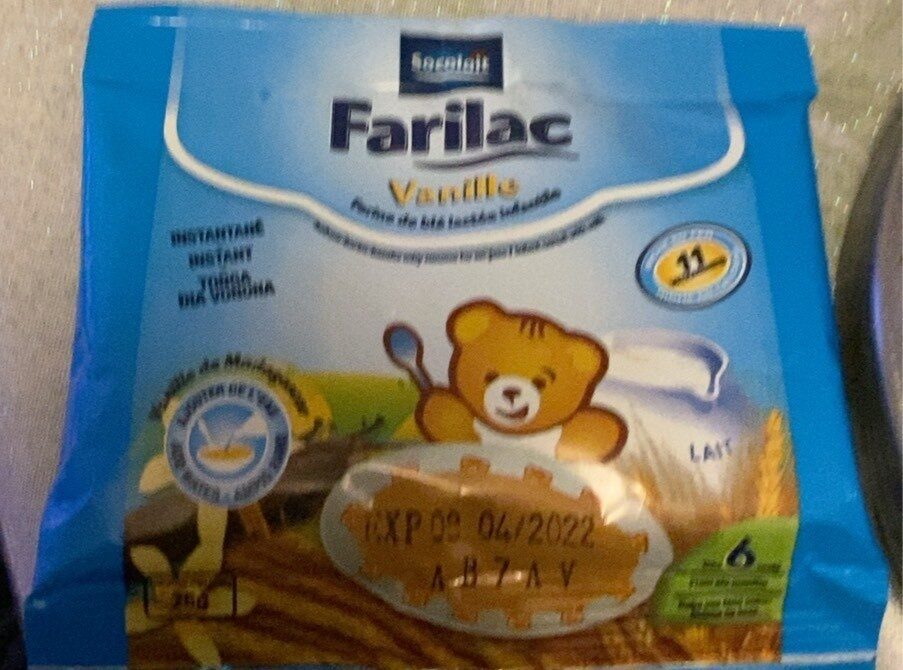Farilac - Socolait - 25 g
La page de ce produit n'est pas complète. Vous pouvez aider à la compléter en l'éditant et en ajoutant plus de données à partir des photos que nous avons, ou en prenant plus de photos à l'aide de l'application pour Android ou iPhone / iPad. Merci!
×
Code-barres: 9501100430144 (EAN / EAN-13)
Quantité : 25 g
Conditionnement : Plastique
Marques : Socolait
Catégories : Aliments pour bébé, Dès 6 mois, Farines infantiles
Origine des ingrédients : Madagascar
Lieux de fabrication ou de transformation : MADAGASCAR
Lien vers la page du produit sur le site officiel du fabricant : http://www.socolait.net
Pays de vente : Madagascar
Correspondance avec vos préférences
Santé
Ingrédients
Transformation des aliments
Additifs
Analyse des ingrédients
Nutrition
Environnement
Emballage
Transport
Espèces menacées
Signaler un problème
Sources de données
Produit ajouté le par fabienne411
Dernière modification de la page produit le par kiliweb.
Fiche produit également modifiée par packbot, tacite, yuka.sY2b0xO6T85zoF3NwEKvlmZccd__oxD_MRLUnEST_O28A8HpffhCydXqMag.




